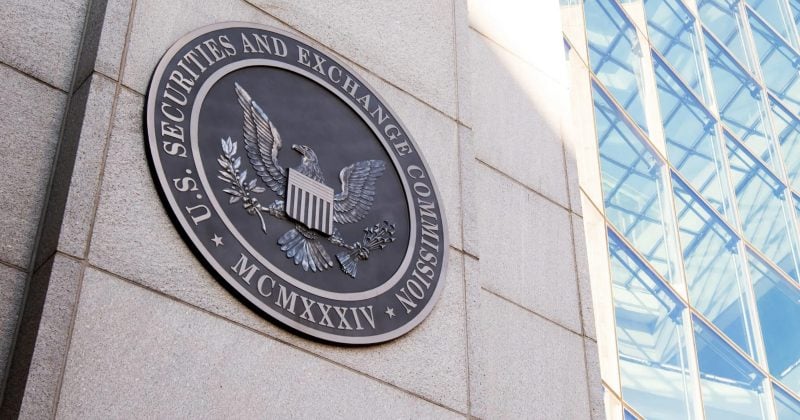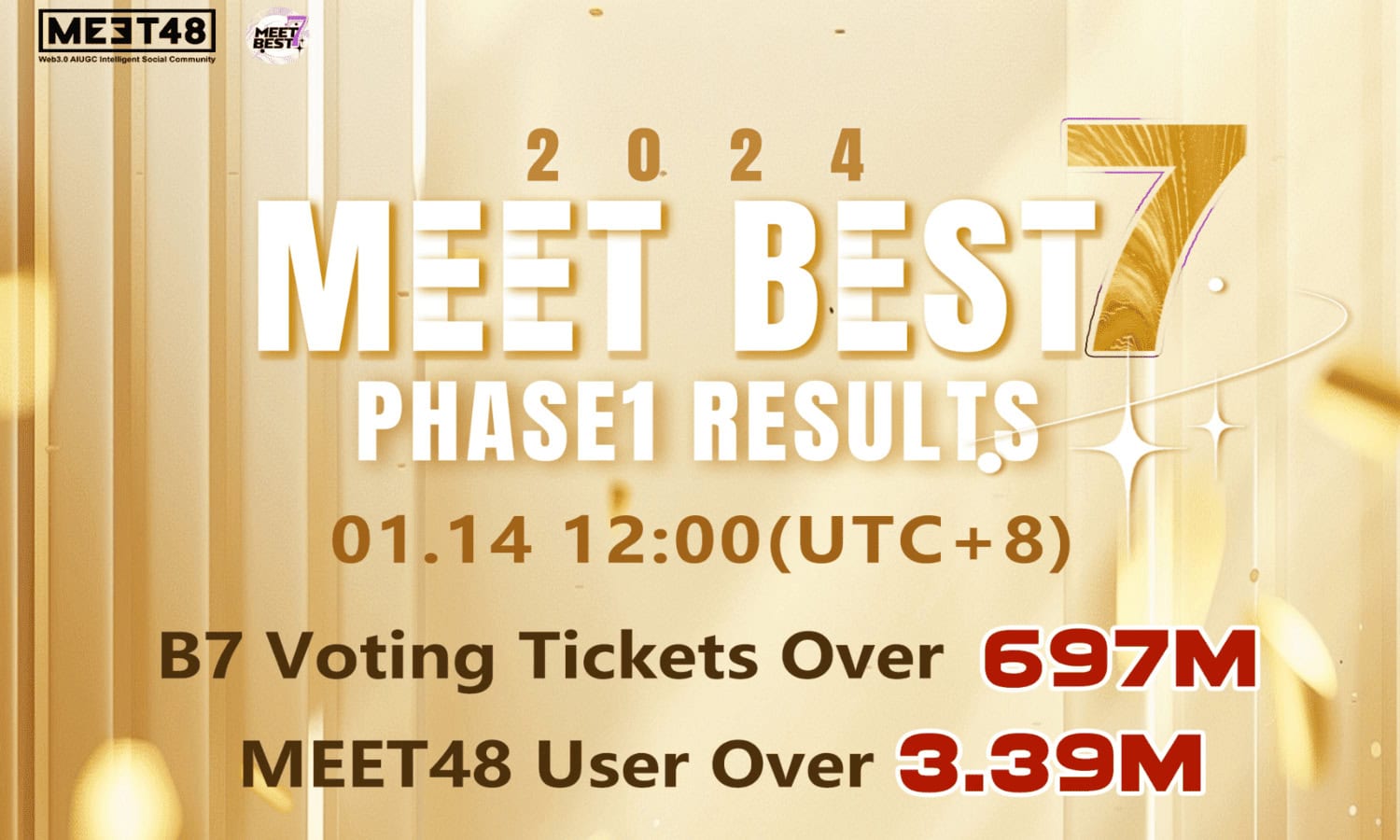Simon Kim, CEO of Hashed and a leading figure in Korea’s blockchain industry, shared his thoughts on the key trends shaping crypto in 2025 and beyond.
Under Kim’s leadership, Hashed has expanded beyond being a venture capital firm to become a major player in Web3 investments. The company has helped shape Korea’s blockchain ecosystem through initiatives like co-hosting Korea Blockchain Week (KBW), the country’s biggest blockchain event, running Web3 developer education programs, and supporting blockchain policy research.
In this exclusive interview, Kim talks about global crypto trends, highlighting the growing importance of stablecoins, the rising connection between AI and blockchain, and how markets worldwide are responding to changes in US crypto policies.
What major trends do you anticipate in the crypto industry for 2025?
From an industry-wide perspective, Bitcoin and stablecoins will be incredibly important in 2025. With the new US administration’s pro-crypto stance, Bitcoin is increasingly being positioned as a strategic reserve asset. Some countries outside the US are reportedly already beginning to accumulate Bitcoin as a strategic reserve asset.
Stablecoins are another key sector. Stablecoin transaction volume has already surpassed Visa’s transaction volume, with over $200 billion in issuance. While the main use of stablecoins has been in crypto exchanges and DeFi, we expect to see their adoption in international trade and retail payments accelerating in 2025.
In the crypto-native scene, the intersection of crypto and AI will be the biggest agenda. We’re already seeing explosive growth in the tokenization of AI agents. There’s also growing recognition of the need for decentralized AI models. For instance, while OpenAI isn’t actually ‘open,’ Meta’s Llama has demonstrated that open-source AI can grow more cost-effectively.
However, there’s currently no incentive model for developers in these open ecosystems. Creating decentralized governance and incentive models for AI will be a key experiment in 2025.
Why do you see stablecoins as a strategic advantage for the U.S. dollar?
Stablecoins represent a significant opportunity for US dollar dominance. While the US dollar accounts for a limited share of global currency reserves, it dominates nearly 99% of the stablecoin market. This essentially expands USD territory in the digital space. From the US perspective, there’s no reason to resist this trend — private companies are effectively expanding dollar dominance in digital spaces without government intervention.
This aligns well with US interests as it strengthens the dollar’s position in the digital economy. Moreover, compared to traditional cash transactions or international wire transfers, properly regulated stablecoins with KYC/KYB compliance can offer better monitoring capabilities for financial activities.
 Simon Kim at Korea Blockchain Week in Seoul. Source: Factblock
Simon Kim at Korea Blockchain Week in Seoul. Source: FactblockAs the US positions itself as a crypto leader, what policy changes do other countries need to consider?
During his recent visit to the New York Stock Exchange, Trump spoke more about crypto than stocks, indicating a significant shift in US financial policy direction. The impact of crypto and blockchain on US finance is about to explode, and many countries, including Korea, are falling behind in adapting to this change.
Legislators in various countries need to recognize the urgency and timing of this global shift. Many nations have numerous pending bills related to cryptocurrency and blockchain, including security token regulations, but progress has been slow. The US is actively embracing crypto innovation in its financial sector, and other countries need to keep pace to maintain their competitive edge in the global financial market.
This isn’t just about keeping up — it’s about seizing opportunities in the evolving global financial landscape. When a major economy like the US signals such a clear direction in crypto policy, countries need to carefully consider their position and response to avoid being left behind in this digital financial transformation.
What are the key characteristics of the Asian crypto market, particularly Korea?
The Korean market’s most notable characteristic is its powerful retail investor base. However, this market has developed exclusively around retail investors, with virtually no institutional participation. Without institutional investment products, individual investors are forced to become experts themselves, leading to a higher vulnerability to unreliable information and potential fraud.
In terms of development capabilities, Korea excels in applications rather than infrastructure. Even in the Web2 era, looking at Korean unicorns, most have emerged from the application and content sectors. As the blockchain sector transitions from an infrastructure-focused era to one where applications flourish across various mainnet platforms, Korean developers have a significant opportunity ahead, particularly in building global applications with blockchain technology.
How does Hashed position itself in this market?
What differentiates us from other Web3 VCs is our significant focus on application investments. While major crypto VCs in the US have about 80-90% of their portfolios in infrastructure layers — Layer 1, Layer 2, or other infrastructure projects – more than 50% of our investments are in applications.
We were one of the first VCs to invest in the Web3 gaming sector back in 2018. We were lead investors in significant projects like Sky Mavis, which created Axie Infinity, and The Sandbox. At that time, very few VCs were investing in blockchain gaming due to concerns about Ethereum’s transaction speed and scalability.
What differentiates Hashed’s investment approach from other Web3 VCs?
Hashed headquarters conducts two types of investments: equity investment through Hashed Ventures and direct crypto investment through our own capital. In Korea, since venture investment associations cannot directly invest in crypto, we operate through two separate investment vehicles.
We also have several venture-building subsidiaries, with ‘UNOPND’ being a prime example. As our incubator focusing on entertainment and gaming, UNOPND created MODHAUS, a K-pop entertainment company, which has achieved significant success with its first IP, tripleS.
Unlike most investment firms that focus solely on investment activities, we combine investments with filling gaps in the ecosystem to promote crypto mass adoption. This is why we position ourselves as an ‘ecosystem builder,’ with our core vision being the mass adoption of blockchain technology.
The post Hashed CEO Simon Kim: Bitcoin, Stablecoins, and AI Will Drive Crypto Growth in 2025 appeared first on BeInCrypto.

 4 weeks ago
20
4 weeks ago
20









 English (US) ·
English (US) ·